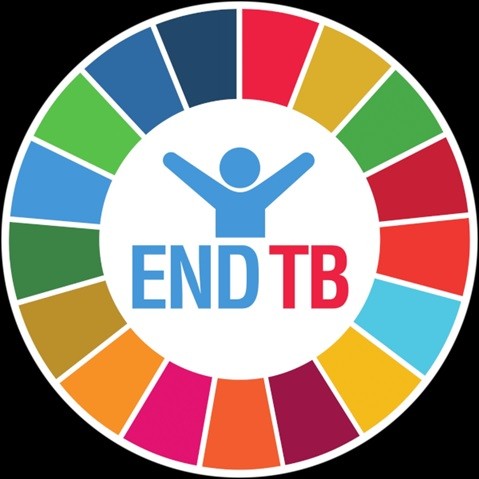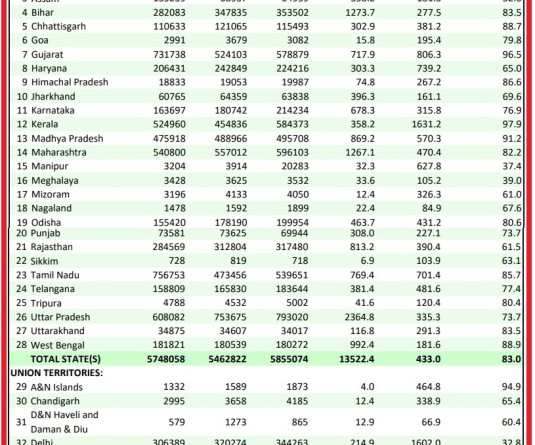
Kohima, November 26 (MExN): ARK Foundation conducted an Advocacy Communication and Social Mobilization activity (ACSM) on Tuberculosis Preventive Therapy (TPT) at the Muskan Youth Centre-FPAI, Kohima on November 26.
With the need to emphasize on TB prevention and as a result of the new developments on Tuberculosis Preventive Therapy (TPT) with newer short-course therapy, the programme was conducted with the support of the District TB Center (DTC), Kohima and IMPAACT4TB Project. The programme was attended by representatives from partner NGOs in Kohima, DTC and officials from the State TB cell, stated a press release issued by the ARK Foundation.
Ketho Angami, President, ARK (Access to Rights and Knowledge) Foundation underlined the need for TB prevention with vaccines, infection control, nutrition and TPT, which will help decrease the burden of active TB in the State. He stated that preventing TB infection and stopping progression from infection to disease are critical for reducing TB incidence to the levels envisaged by the End TB Strategy.
He stated that TPT is a strategy to reduce the progression of TB from infection to active disease. TPT is an integral component in the whole cascade towards TB elimination in the country, and that this is part of the political declaration on TB 2018, he added.
Latent TB Infection
Dr Vezokholu Theyo, State TB Officer, spoke about TB in its latent form also known as Latent TB Infection (LTBI) among people exposed to active drug sensitive TB through shared air.
“LTBI can today be treated with a shorter course regimen using 3HP and 1HP. This provision is made available under India’s National TB Elimination Program (NTEP),” she stated.
She also mentioned about the difference between LTBI and active TB, stating that LTBI is inactive, not infectious, with no symptoms of TB disease. Shading lights on some facts, she highlighted that India has the highest estimated burden of Tuberculosis Infection (TBI) globally, with nearly 35-40 crore Indian population having TBI, of which 28 lakh (18-36 lakh) are estimated to develop tuberculosis (TB) disease annually, 5–10% of those infected will develop TB disease over the course of their lives, usually within the first 2 years after initial infection, with the risk for TB disease after infection depends on several factors such as immunological status. Risk is increased >25 times among contacts of bacteriologically confirmed TB patients compared to general populations, 16-21 times in case of HIV co-infection and 3-4 times in other immune-compromised status like people with diabetes, cancer etc.
Various aspects of TPT regimens
Dr Collins Sono, Consultant-WHO, in his session on the various aspects of TPT regimens informed about the drastic change in the treatment duration of TPT and newer drugs for TPT in the state.
On the rationale about the importance of TPT, Sono stated that 75% of people develop TB disease within one year of contact with TB, and 97% in two years. However, With TPT, the risk of developing TB disease decreases by 60% and up to 90% among PLHIV. To this he added, that TPT and ART in itself reduces the risk of acquiring active TB but TPT with ART reduces the risk percentage of acquiring active TB by a huge margin. Studies have shown that 97% of risk among PLHIV is eliminated.
He further laid out the procedures to rule out active TB among household contacts using the 4S screening and CY-TB test, and the various regimens which can be administered under the NTEP’s provision. These regimens include 3HP and 1HP, stated Sono.




